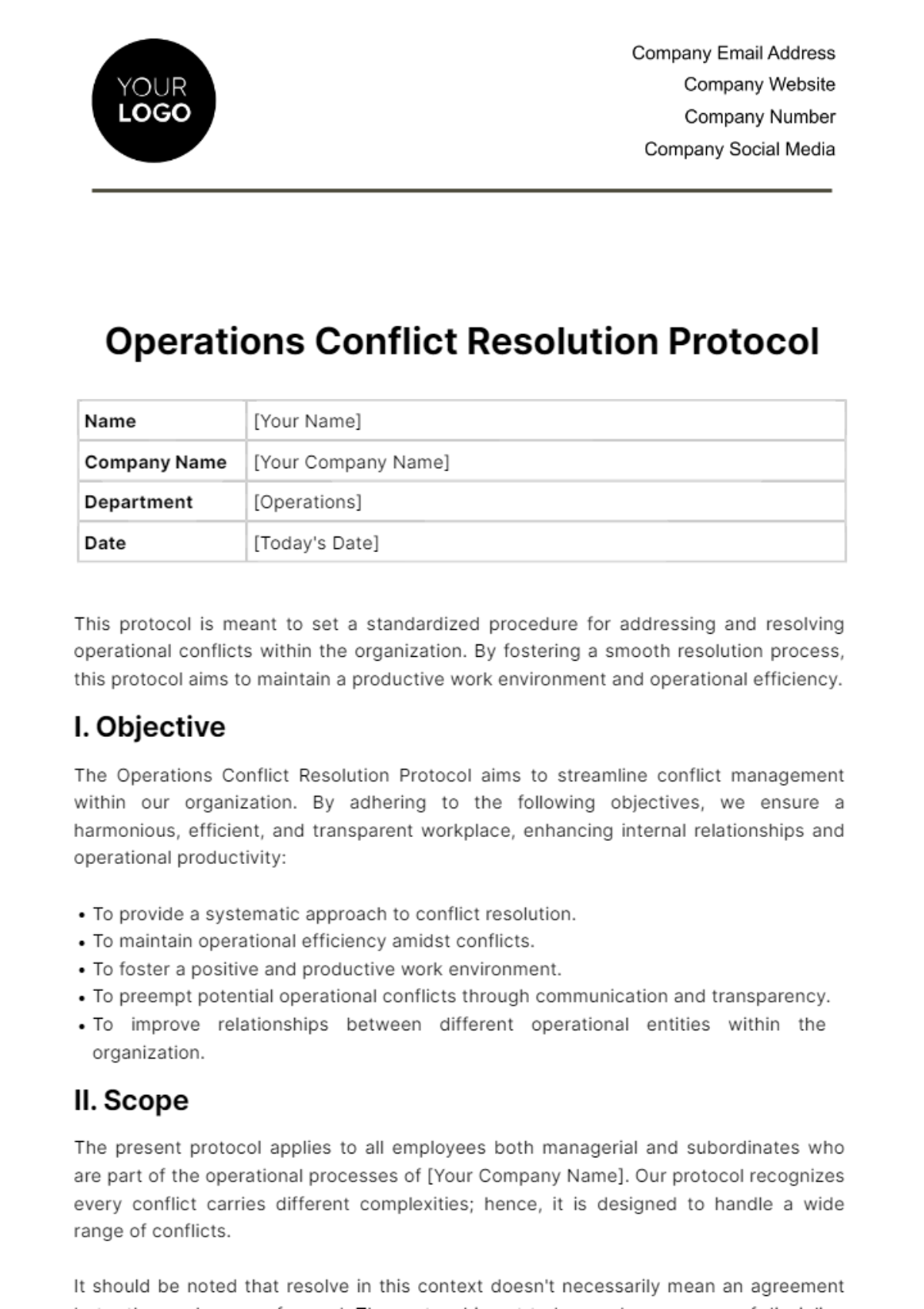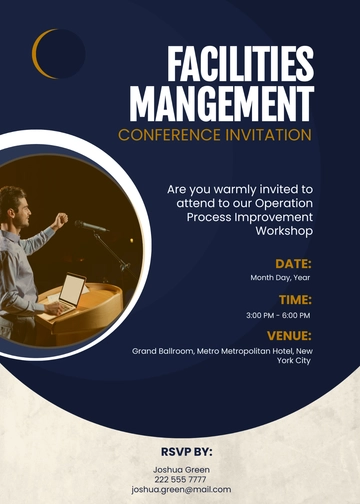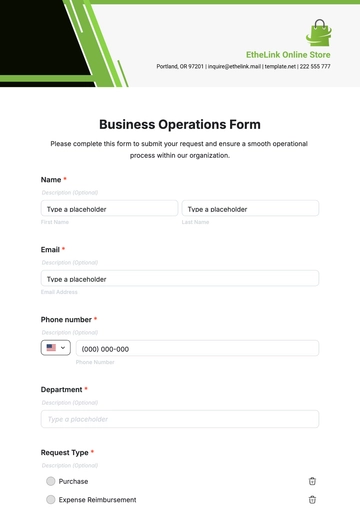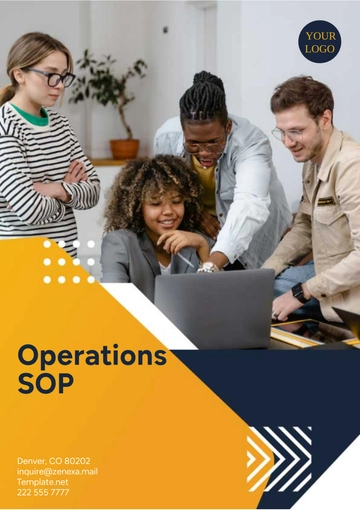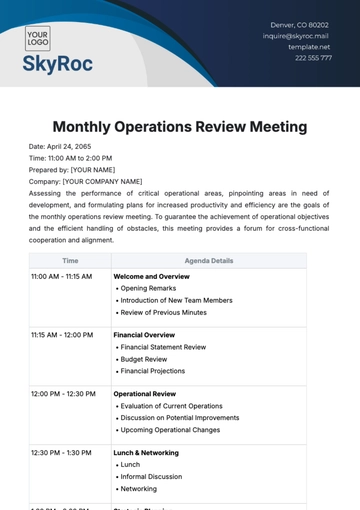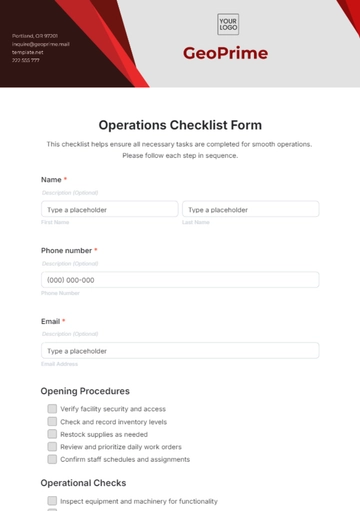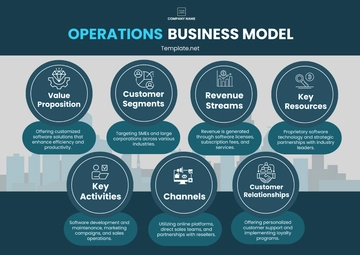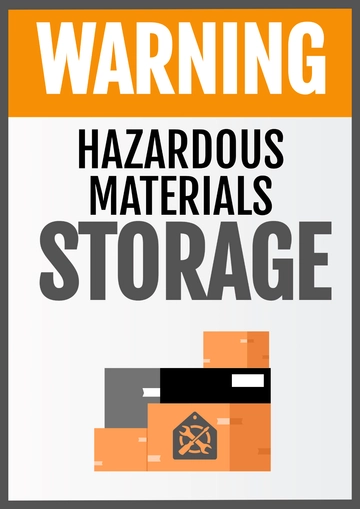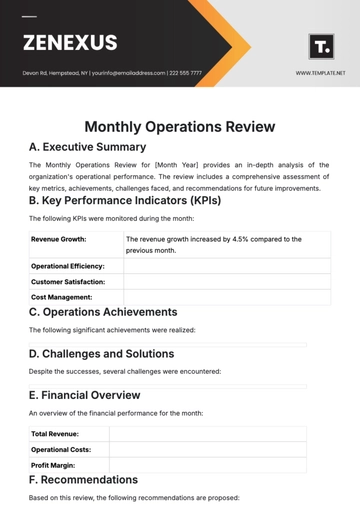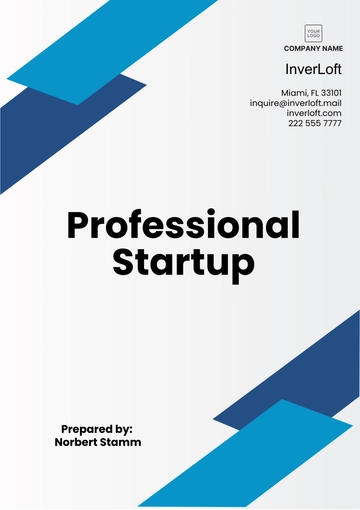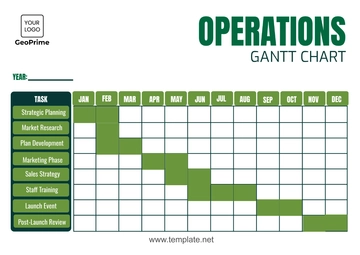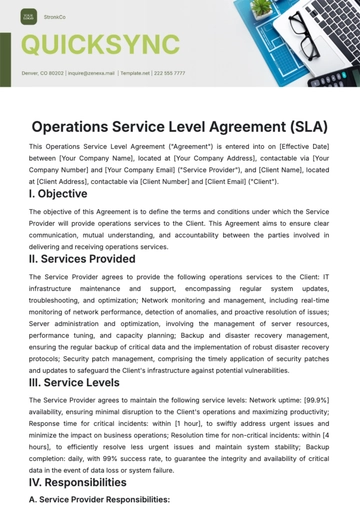Operations Conflict Resolution Protocol
Name | [Your Name] |
Company Name | [Your Company Name] |
Department | [Operations] |
Date | [Today's Date] |
This protocol is meant to set a standardized procedure for addressing and resolving operational conflicts within the organization. By fostering a smooth resolution process, this protocol aims to maintain a productive work environment and operational efficiency.
I. Objective
The Operations Conflict Resolution Protocol aims to streamline conflict management within our organization. By adhering to the following objectives, we ensure a harmonious, efficient, and transparent workplace, enhancing internal relationships and operational productivity:
To provide a systematic approach to conflict resolution.
To maintain operational efficiency amidst conflicts.
To foster a positive and productive work environment.
To preempt potential operational conflicts through communication and transparency.
To improve relationships between different operational entities within the organization.
II. Scope
The present protocol applies to all employees both managerial and subordinates who are part of the operational processes of [Your Company Name]. Our protocol recognizes every conflict carries different complexities; hence, it is designed to handle a wide range of conflicts.
It should be noted that resolve in this context doesn't necessarily mean an agreement but rather a clear way forward. The protocol is not to be used as a means of discipline or correction but as a tool for growth and development through the resolution of conflicts and operational disagreements.
III. Definitions/Terminology
Understanding the terminology is crucial for effectively navigating and resolving conflicts within our organization. This section defines key terms and concepts essential for grasping the framework and processes of our Operations Conflict Resolution Protocol:
Conflict: A disagreement or clash of ideas and/or interests.
Resolution: The process of finding solutions to conflicts.
Operational efficiency: Maximizing profit and minimizing operational costs while maintaining quality.
Dispute: An argument or disagreement which in turn can manifest as a conflict.
Mediation: A process where a neutral third party aids the disputing parties to reach an agreement.
Stakeholders: Individuals, groups, or organizations that are affected by and/or can affect the operations of the organization.
Operational Entity: Different processes and/or departments that contribute to the operations of the organization.
Remedial measures: Actions taken to solve or improve a situation.
Unresolved conflicts: Conflicts that are active with no apparent resolution in sight.
Operational processes: The recurring activities of a company towards the aim of value generation.
IV. Roles and Responsibilities
This section outlines the roles and responsibilities of individuals and departments involved in conflict resolution, ensuring clarity and accountability in the process of addressing and resolving operational disputes within our organization:
Position | Responsibility |
|---|
Operations Manager | This individual oversees the whole process and pavilions the way to resolution whilst maintaining operational efficiency. It involves identifying conflicts and initiating the resolution process. |
Department Heads | Role includes identifying conflicts within their respective departments and work towards resolution by collaborating with the operations manager. |
Employees | Employees are responsible for reporting any conflicts, participating in the resolution process, and following the protocol. |
HR Representative | An HR representative aids in the resolution process by offering neutral judgement, ensuring the process follows the organizational policies, and maintaining records of the resolution process. |
V. Procedure
This section details the step-by-step procedure for addressing and resolving conflicts within the organization, from initial identification to final resolution, ensuring a structured and effective approach to conflict management:
Identify the Conflict: Conflicts should be identified by either an employee, department head, or the operations manager. This first step in the resolution process is crucial and thus the concerned individual should be aware enough to identify potential conflicts.
Understand and Evaluate the Conflict: Conflicts should be evaluated on severity, parties involved, and the effects on operational efficiency. This phase will help in formulating potential solutions.
Bring the Parties Involved Together: A meeting should be arranged between the conflicting parties where they can mutually discuss the issue and potential solutions. HR can moderate this meeting to ensure fair discussion.
Select and Implement Solutions: Solutions should be selected based on fairness, feasibility, and how they align with organizational policies. The selected solution should then be implemented.
Document the Resolution: Documentation of the entire resolution process, solutions proposed, and final solution implemented is crucial. This forms a record of the conflict and the solution which can be referred to for future similar conflicts.
VI. Requirements and Conditions
This section specifies the essential requirements and conditions under which the conflict resolution process operates, setting clear expectations for participation, communication, and outcomes to facilitate a fair and constructive resolution environment:
Adherence to the protocol: All employees are required to adhere to the operational conflict resolution protocol.
Transparency and Honesty: All involved parties are obligated to be completely transparent and honest throughout the resolution process.
Non retaliation and Respect : No individual should face retaliation for expressing their concerns. A level of respect should be maintained throughout the resolution process.
Confidentiality: All matters discussed during the resolution process should remain confidential.
VII. Training and Awareness
This section emphasizes the importance of ongoing training and awareness programs designed to equip employees with the skills and knowledge necessary for preventing conflicts and effectively participating in the resolution process:
All employees should be given training regarding operational conflict resolution protocol.
Regular workshops to improve soft skills such as negotiation, communication, and understanding.
Regular meetings should be held to raise awareness regarding the protocol and the importance of conflict resolution.
Online courses and materials should be made available to all employees.
VIII. Enforcement and Consequences
Non adherence to the operational conflict resolution protocol will not be taken lightly. All employees are expected to adhere strictly to the procedures outlined in this protocol and any deviation will be subject to consequences. Depending on the severity of the deviation, the consequences can range from a verbal warning to termination. This will be determined by HR and the Operations Manager on a case-by-case basis.
Operations Templates @ Template.net
